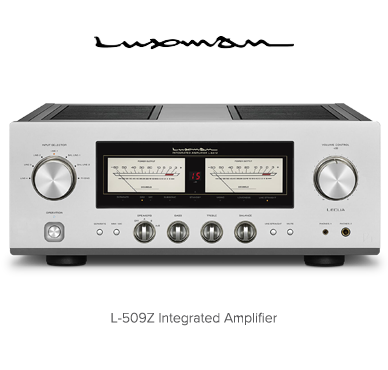Distortion-Reducing Zitron Technology Comes to Analog Interconnects: Shunyata Alpha v2 Deliver Reference Low-Level Resolution and Purity, Eliminate Need for Burn-In Time
Shunyata's internationally renowned Zitron technology – which lowers dielectric distortion and preserves the integrity of the original audio signal – and TAP device come to analog interconnects in the form of Alpha v2. Cutting-edge construction comprising Ohno Continuous Cast Copper, VTX hollow-core conductors, and advanced fluorocarbon dielectrics further the reference performance. Alpha v2 masters low-level resolution and purity, drastically elevating musical coherency and detail. And they don't require any burn-in time to sound their finest. Seem impossible? It's not, thanks to Shunyata's Kinetic Phase Inversion Process (KPIP) – a pioneering conditioning method that eliminates the need for time-consuming burn-in and elevates the overall fidelity of your system. Read more below about the patented and patent-pending innovations in Alpha v2, or get a pair (or three) for a risk-free in-home audition now, backed by our 100% Music Direct Guarantee.
ZiTRON Technology
The insulation that protects wire can create a ghost-like signal that subtly burrs the source audio signal. The scientific term for this is: dielectric absorption and re-radiation. ZiTRON is a technology developed by Shunyata Research that prevents this type of signal cable micro-distortion. It requires a special type of conductor that has two signal paths. An electric-field compensation circuit creates a contra-signal that prevents the insulation from developing a charge. ZiTRON cables preserve the integrity of the source signal even when using very long cable runs are required.
Transverse Axial Polarizer (TAP)
Transverse Axial Polarizer is a device that interacts with the electromagnetic field generated by the signal traveling along the signal cable. TAP affects the behavior of the electromagnetic wave that surrounds the signal cable. In effect, the TAP blocks longitudinal-oriented waves while allowing transverse-oriented waves. The effect in sonic terms is like using polarized sunglasses to reduce reflected sunlight. Correcting polarization micro-distortion reduces what some call sonic glare.
ArNi Wire
ArNi wire was created by Shunyata Research designed to be the finest quality wire available. It begins with the highest purity of copper available – OFE C101, SPC or Ohno (single crystal). Fluorocarbon dielectrics, usually only found in in the aerospace applications have special electrical characteristics including extremely low dielectric absorption, high dielectric strength and exceptional heat resistance. When used in digital wiring it significantly reduces transient energy storage and release which affects phase noise performance.
VTX Conductors
Shunyata Research's exclusive VTX conductors have virtual tube geometry. The core of the conductor is completely hollow minimizing skin effects and random eddy currents. They are produced using OFE Alloy C0101, the highest grade of copper with a minimum 99.99% purity and a conductivity rating of 101% IACS.
Ohno Wire
Ohno wire, also called PCOCC was invented in 1986 by professor Atsumi Ohno of the Chiba Institute of Technology in Japan. Copper wire is created by an extrusion process that pulls a rod of cold copper through a small orifice which creates multiple crystalline boundaries. By contrast, Ohno wire is made by a process using heated molds that cast a wire to form a single crystalline structure. Ohno wire is well known for its exceptionally pure, grain-free sonic qualities.
KPIP
Kinetic Phase Inversion Processing was developed by Caelin Gabriel after years of research into the underlying causes of various effects such as burn-in, wire directionality and the effects of cryogenic treatment. He discovered that there was an underlying core principle that burn-in and cryogenics only partially addressed. Once the governing principle was understood it became possible to create a processor that reduces the need for long burn-in periods and eliminates the effects of cryogenic treatment. Four-days of continuous KPIP processing dramatically reduces the sonic ups and downs associated with burn-in, delivering a relaxed and natural presentation.






































